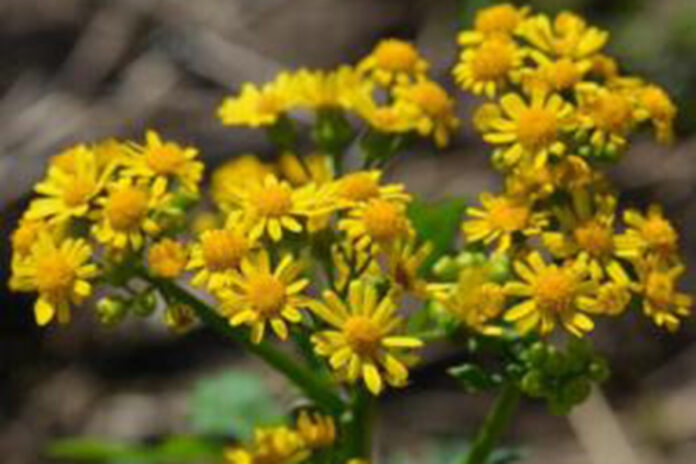
Spring has sprung but winter could come to visit again. It may still be early March but now is the time to consider the need for spring fertilizer or weed control in winter annual cereal forages. These activities may need to occur earlier this year on the calendar. We currently have accumulated above-average growing degree days since the first of the year.
Fertilizing
We generally recommend only applying nitrogen and maybe sulfur to the growing cereal forage for spring fertilization. While a phosphorous application if a soil test says it was needed doesn’t cause a problem an application of readily available potassium can. In the spring grasses, including cereal grain forage, will luxury consume potassium when it is readily available, which can cause your feeds to have more potassium in them than you wanted. If you plan to use liquid manure as your spring nitrogen source, just be aware that it can cause forage to be higher in potassium.
For most animals, this is not a problem but can cause challenges when balancing DCAD levels. On average cereal, grain forages remove approximately 46 pounds of potassium or 55 pounds of K2O per ton of dry matter. Each ton of dry matter removes about 6 pounds of phosphorous or 13.75 pounds of P2O5. More pounds per ton are removed when the crop is harvested before the head is emerged than after the head has emerged. Although total nutrient removal increases as the crop matures and more tonnage per acre are harvested.
Nitrogen is critical for maximizing spring yield and forage quality. Our research done in north central Ohio showed little yield increase on cereal rye when we increased nitrogen rates from 50 to 70 pounds. We did see a 2% increase in crude protein though with the addition of 20 pounds of nitrogen. This work was done using urea, but the nitrogen can also come from manure. When manure is used, the ammonia and nitrate portions should be available for the crop to use this spring. If manure was applied last fall it may have provided enough nitrogen for the crop without any additional spring nitrogen. Work from New York has shown that when a field has a history of manure application and received 100 pounds of manure nitrogen in the fall, it may not need a spring nitrogen application to maximize yield or quality.
Scouting
Now is also the time to scout for any weed issues that may be present in the field. While often weed control is not needed in these forage crops, control may be beneficial to assist with weed control in the following crop. Another concern is poisonous weeds such as poison hemlock or cressleaf groundsel which could be harvested with the forage.
When selecting herbicides to use it is important to read the label closely to know what the preharvest interval is for forage and if the product is labeled for the small grain that you are growing for forage. For instance, cressleaf groundsel can be controlled with Dicamba or 2, 4-D prior to the cereal grain jointing. However, Dicamba does not have a forage label for cereal rye, but it does for wheat, barley, and triticale with a 7-day PHI. You could use 2, 4-D though on your cereal rye with a 14-day PHI but not on triticale. Harmony extra could also be used to control cressleaf groundsel with a 30-day pre- harvest interval but not on cereal rye. Other herbicides for broadleaf weed control such as Peak, Huskie, Quelex and MCPA also have some cereal grain forages listed on the label. Usually, grasses within these forages are not an issue but if there is enough winter annual grass to decrease your forage yield Osprey does have a forage label with a 30-day PHI for forage or 60 days for hay. Be sure to check the label on the herbicide product you are using as some products with the same active ingredients have different PHI’s for forages on their label.
When harvesting cereal grain forage, carefully monitor moisture so that it ferments correctly if harvested as silage or baleage. If harvested as dry hay, be sure it is truly dry. As grain begins to develop in the head it often does not ferment as well especially in baleage since the moisture is not uniform in the bale and can be almost impossible to make as dry hay. Good luck this spring with your forage harvest.












